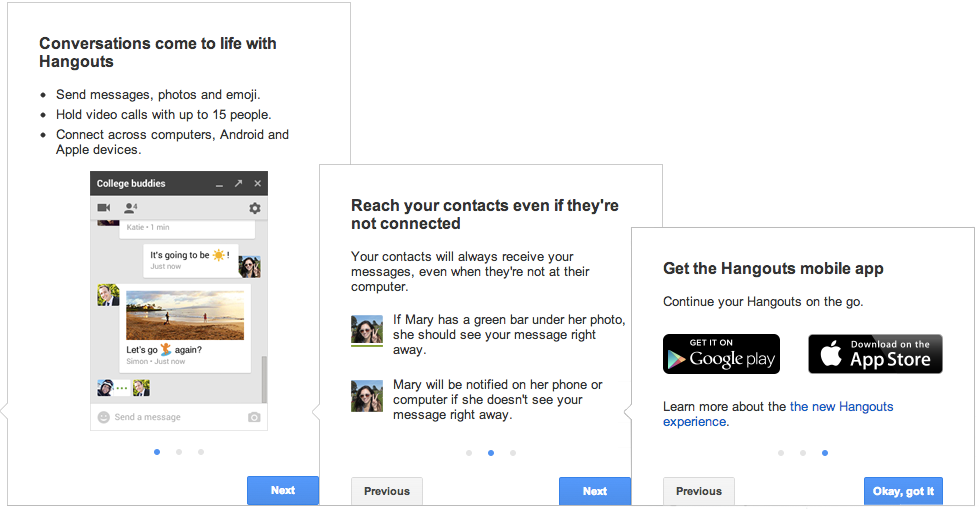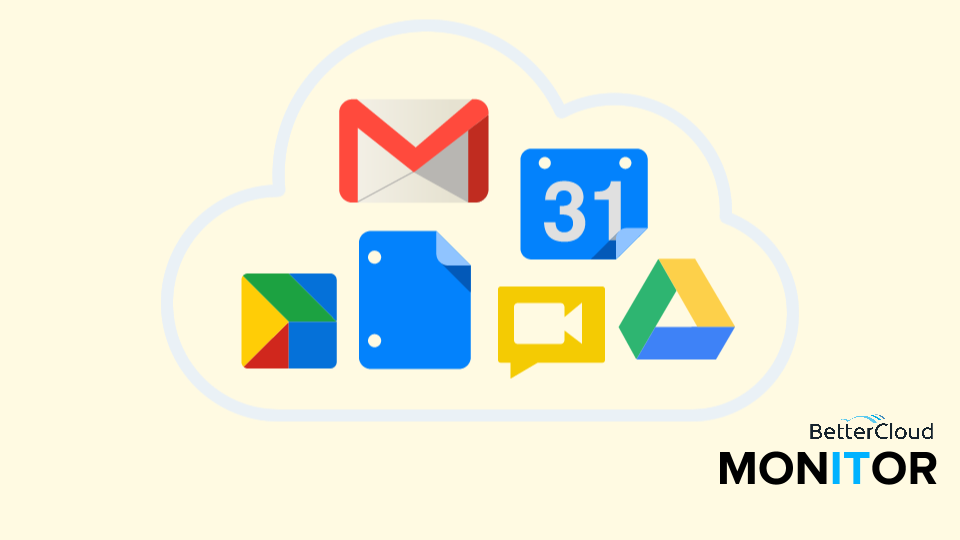3 Questions about the New Google Hangouts
3 minute read
Google Hangouts was formally announced as the new unified chat service at Google I/O ’13, with the intent to replace Chat and Voice. These communication tools were great products, but it always seemed like there was a bit of an identity crisis. With Hangouts, we can finally consolidate all of Google’s tools into one product.
With any product evolution, there are bound to be some questions about the new version. We addressed some of those concerns in a post designed to help Google Apps Admins opt into Hangouts. There are many more questions out there, so let’s look a little deeper.
How do I add Hangouts to my Gmail or Google Apps account?
There are two ways to do this, but first of all, if you’re a Google Apps user make sure your Google Apps Admin has enabled Hangouts for your domain. If you’re a Google Apps admin check out our post on enabling the new Hangouts functionality.
When Hangouts was first introduced, we installed the Hangouts Chrome Extension available in the Chrome Web Store. It’s a great Chrome Extension that opens a new window and lives right at the bottom of your desktop screen, so it’s available even if you’re not inside Gmail.
Another option is to replace your old Google Chat window with the new Hangouts interface. We just tried this out today, and I think it’s great for those of you who enjoyed the old version. To opt into the new version, click the drop-down in your chat window and select the option to try out the new Hangouts. You should see this walk-through dialogue.
Why should I use the new Hangouts?
I already mentioned the unification of Chat and Voice as a major benefit, but my favorite thing about the new Hangouts is the multi-platform capability. Not only can you start a Hangout on your computer, but you can maintain that conversation across any of your mobile devices. So conceivably you could start a Hangout on your Macbook at work, continue it on your Android phone during your walk home and finish it on your iPad.
Making this available for Android and iOS means that Hangouts can be a viable option as your default communication tool. If you’re a fan of iMessage, Hangouts offers a lot of the same features so you’ll know if your contact has seen your message and if they’re typing a response.

If you share pictures and videos with a group of friends, using Hangouts can make the experience even better. Starting a group chat is easy, and all of your media is stored on Google+ so you can access it at any time.
What is missing from the new Hangouts?
There are a ton of great new features in the new Hangouts, but there is still one major feature missing. While voice calls were mentioned in the Keynote (and on the Hangouts website), they are noticeably absent at the moment. Hangouts Product Manager Nikhyl Singhal addressed this in a recent Google+ post.
“1) Today’s version of Hangouts doesn’t yet support outbound calls on the web and in the Chrome extension, but we do support inbound calls to your Google Voice number. We’re working hard on supporting both, and outbound/inbound calls will soon be available. In the meantime, you can continue using Google Talk in Gmail.
2) Hangouts is designed to be the future of Google Voice, and making/receiving phone calls is just the beginning. Future versions of Hangouts will integrate Google Voice more seamlessly.”
So while Voice integration is not yet available, expect seamless integration in the near future.
Do you have some more questions about the new Google Hangouts? Ask away on Google+






